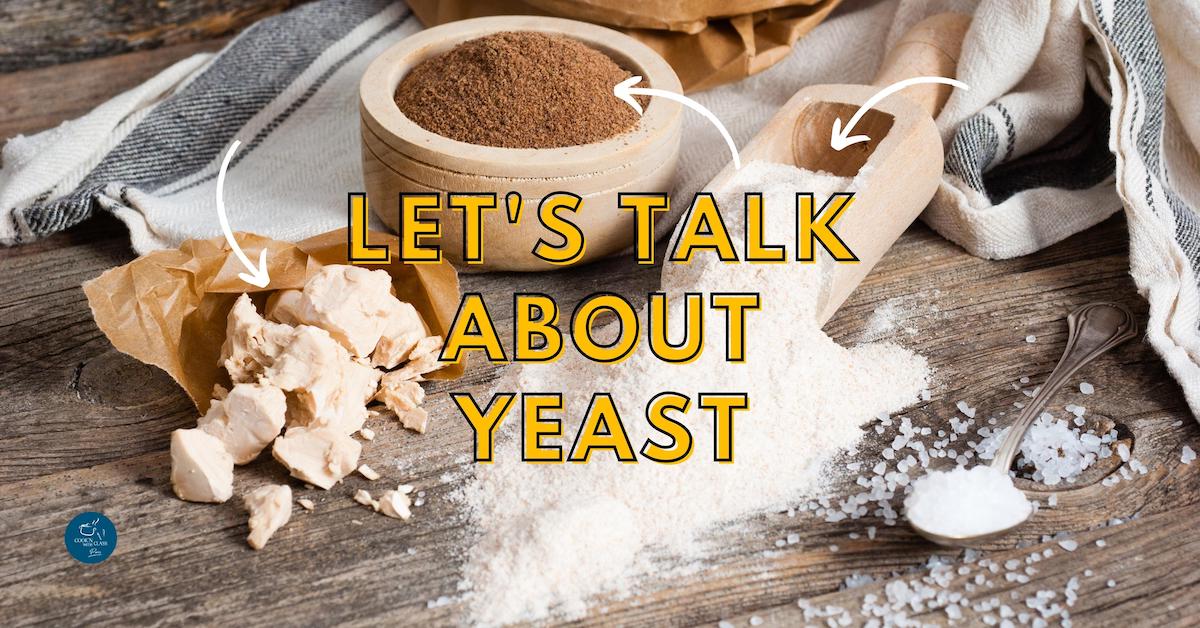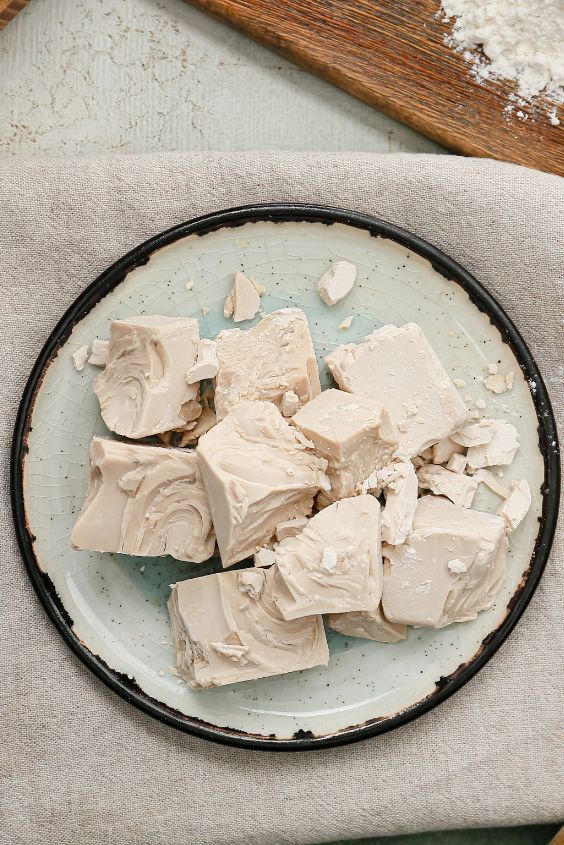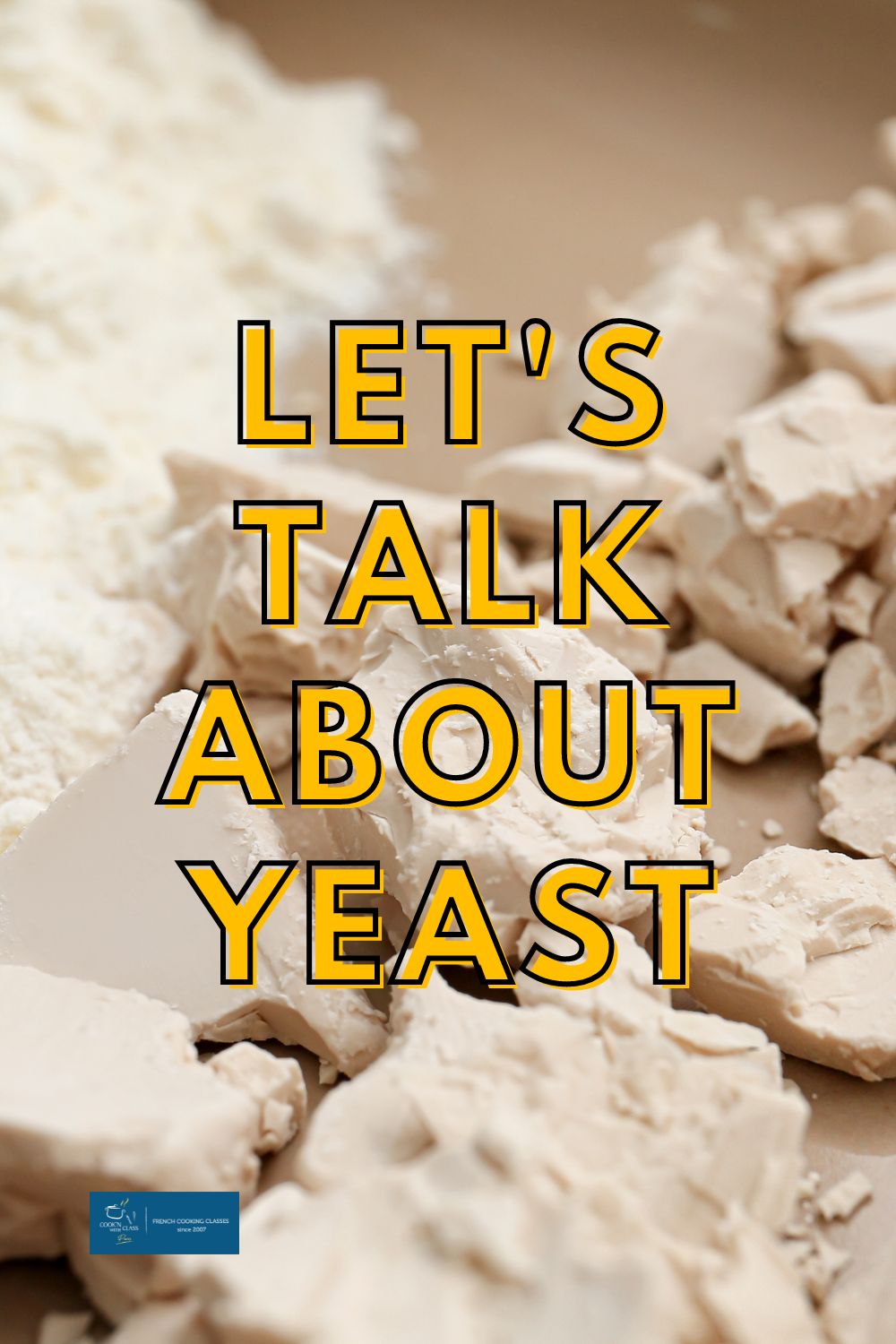
Let’s Talk About Yeast
Remember during the pandemic’s lockdowns when finding yeast of any kind was mission impossible? Why had the whole world decided that it was time to bake? My thought, there is just something about making bread that goes deep. Especially, kneading dough. Have you ever tried it? I mean why else would someone have invented Playdough? Or at least that’s what I think. Why do you think we were all so eager to bake?
I have some fond bread memories from my childhood. One involves going out to buy bread with my dad (I still remember the smell of it). The other involves my mother. As a child, back in Nigeria, my mother owned a bakery. She was a passionate entrepreneur who after having attended baking & pastry arts school in the UK, worked as a caterer in Lagos and ran a small bakery in a building conveniently located behind our backyard. Very convenient for me indeed as I had full access to her when I wanted (often enough), and also was able to sneak into the bakery to innocently pinch off small pieces of dough that I either played with or simply ate. Yes, I ate the raw dough. While the memory of exactly what kind of bread she made has faded after all these decades, I still think about bread in general as comforting.
If you’ve ever taken a bread class with us in Paris or tried making bread yourself at home, you may have come across recipes that either asked for fresh or for dry yeast. You were probably happy enough with the results regardless of what type of yeast you used. Yet, you may have wondered if one was better than the other.
We often are asked whether it is okay to use dry yeast in the absence of fresh yeast and what difference it will make to your bread baking. When we ran the online bread class during the lockdown, people had a bit of difficulty at times finding fresh yeast. But if you ask Eric during the 3-day bread master class, he’ll tell you, that fresh is best but he won’t snob other forms of yeast. You’ll use them all. But what if all you can find is that jar of Fleischmann’s Active Dry Yeast? Not everyone is lucky enough to waltz into their organic grocer and find a nice small manageable size cube of fresh yeast. Sometimes, you have to resort to searching online (if you are in the US) for the Red Star yeast which, unfortunately, is sold in rather large quantities. Maybe split it with your fellow bread-baking neighbors?
So why all the fuss about fresh yeast anyway?

A few things to consider:
- Yeast is flavor. This fungi really is fun! Yeast works like a mini factory producing bubbles and alcohol by way of fermentation.
- Some theorize that the fresh yeast given its slower fermentation will give you a more digest end-product. Longer fermentation for at least 12-15 hours improves digestibility and also lowers the glycemic index. But it isn’t just about the yeast, of course, it’s also about the flour, but we’re talking yeast here.
- I did some digging and here is what Modernist cuisine had to tell me about yeasts. There is no good or bad yeast, there is what you can find and how you can handle it. Of course, they weren’t talking about any of what I mentioned above about digestibility.
Using Fresh or Dry Yeast:
We can thank Fleischmann laboratories in the USA for inventing dry yeast. This was so infantrymen in WWII could bake fresh bread at their camps. No fridge needed, longer shelf-life.Les français were not about to let ze Americans have all the fun, in the 1970s French manufacturer Lesaffre invented instant yeast. Instant yeast ferments faster and unlike dry yeast, does not require activation. You can just pour it into your dough and off you go. Lower moisture content and a vacuum-sealed package mean these can last 2 years unopened 😱! Instant yeast is the stuff you would want to use in your bread machines if you have one of those.

The bottom line is this, bread lovers, if you bake, experiment with your bread-baking and do what works for you. Only the fresh yeast will give you that subtle yeasty aroma – the dry stuff just can’t compete. We say to use 1/2 the amount of active dry yeast for fresh yeast – we are referring to weight measurements, of course. If using instant yeast, you’ll need a little less.
For more bread tips and troubleshooting, join us for a bread class in Paris. Or join Let’s Eat The World for a Week in Paris to learn bread making French fresh market cooking classes, champagne tasting and more cultural activities for 6-11 October 2024!


